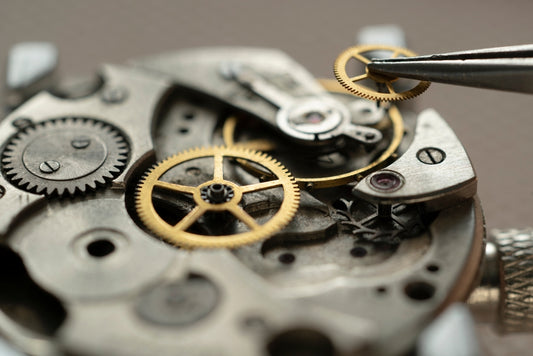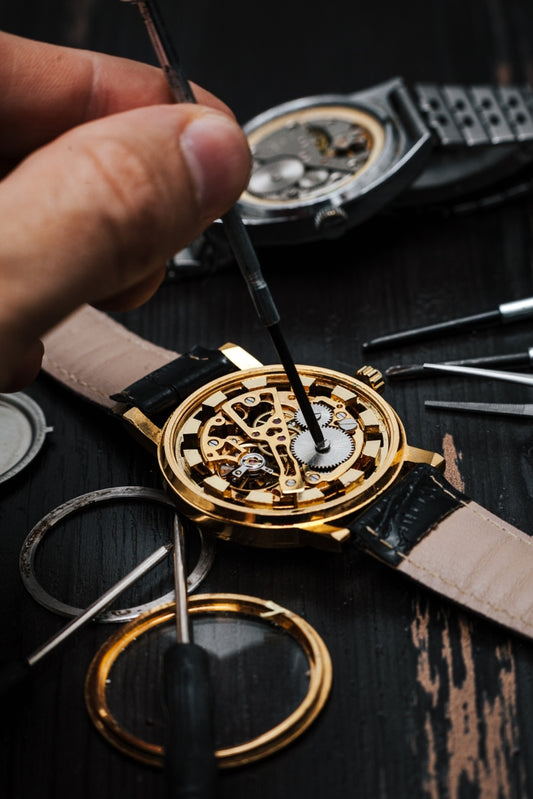Watch Repair Services
Expert Watch Repair Services at Safa Jewelers
At Safa Jewelers, we specialize in professional watch repair for all major brands. From battery replacements and band adjustments to complete movement restoration, our skilled technicians ensure your timepiece works and looks like new. Trust us to bring precision back to your favorite watch.
Restore the Beauty and Accuracy of Your Watch
Whether it’s a luxury timepiece or a watch that holds special memories, Safa Jewelers is here to take care of it with precision and care. Our skilled watchmakers use the latest tools and genuine parts to make sure every repair lasts and your watch runs perfectly. From simple battery replacements and band adjustments to movement repairs, crystal changes, and water-resistance testing, we handle it all.
We know your watch is more than just a way to tell time — it’s a reflection of your style and a piece of your story. That’s why every repair at Safa Jewelers is done with the utmost attention to detail. We proudly service all major brands, including Rolex, Omega, Tag Heuer, Citizen, Seiko, and many others. No matter the brand or model, your watch is always in expert hands.
Stop by Safa Jewelers today and let our team bring your watch back to life. We’ll make sure it looks beautiful, keeps perfect time, and stays ready for every moment ahead.



